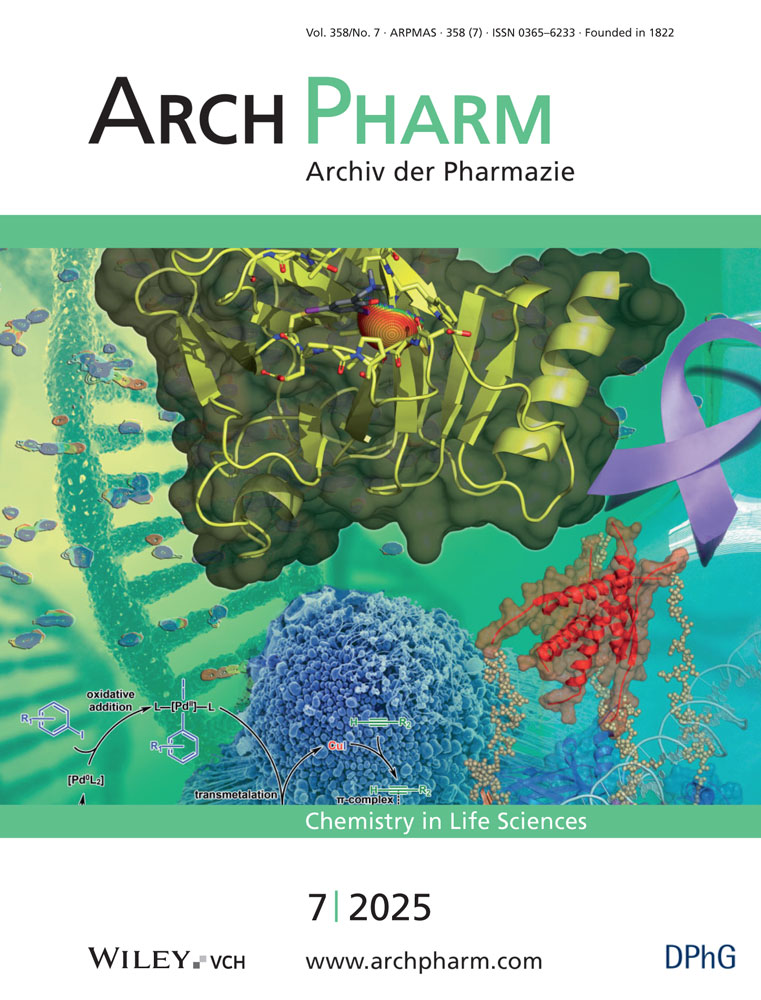Bioorganometallic Chemistry – Synthesis and Antitumor Activity of Cobalt Carbonyl Complexes†
Dedicated to Prof. Dr. Manfred Haake on the occasion of his 60th birthday.
Abstract
The interaction of organometallic compounds with biological systems, generally called bioorganometallic chemistry, is receiving increasing interest. We present the first part of our studies concerning the biological activity of organometallic compounds. Several alkyne-cobalt carbonyl complexes inhibited the growth of human melanoma and lung carcinoma cell lines. They are more active than uncomplexed dicobalt octacarbonyl, cobalt chloride, or the free ligand. A significant difference in potency towards the lung carcinoma cell line was observed among the cobalt complexes, indicating that the complexed ligand may influence cytotoxic activity. These results suggest that further exploratory work with such cobalt-alkyne complexes is warranted.




